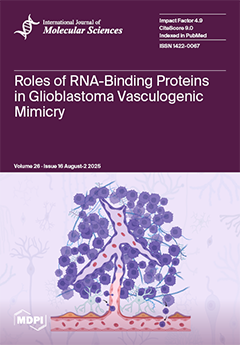Cardiometabolic diseases such as obesity, prediabetes (PreD), and type 2 diabetes (T2D) are global health challenges linked to metabolic dysfunction. While probiotics show promise, postbiotics offer advantages in stability, safety, and food incorporation. This study evaluates the postbiotic pA1c
®HI, a heat-inactivated
[...] Read more.
Cardiometabolic diseases such as obesity, prediabetes (PreD), and type 2 diabetes (T2D) are global health challenges linked to metabolic dysfunction. While probiotics show promise, postbiotics offer advantages in stability, safety, and food incorporation. This study evaluates the postbiotic pA1c
®HI, a heat-inactivated form of the probiotic pA1c
®, for its potential in modulating glucose and lipid metabolism in
Caenorhabditis elegans, compared to its live form. Worms were supplemented with pA1c
®HI and live pA1c
® in glucose-enriched media. Fat accumulation, gene expression, oxidative stress, and lifespan were measured using Nile Red and DHE staining, qPCR, and longevity assays. pA1c
®HI significantly reduced glucose-induced fat accumulation, achieving fat reduction comparable to the anti-obesity drug orlistat and showing superior efficacy compared to the live probiotic form. It modulated the expression of genes associated with lipid oxidation (
acox-1,
cpt-2), fatty acid synthesis (
fat-5), insulin signaling (
daf-2,
daf-16), and oxidative stress response (
skn-1). Synergistic combinations with chromium picolinate (PC) and zinc (Zn) further enhanced metabolic outcomes. Importantly, pA1c
®HI retained efficacy after thermal treatment (121–135 °C), supporting its potential for use in processed foods. pA1c
®HI is a stable, effective postbiotic that modulates key pathways associated with obesity, PreD, and T2D in
C. elegans, with superior performance to the live probiotic and added benefits when combined with PC and Zn.
Full article






